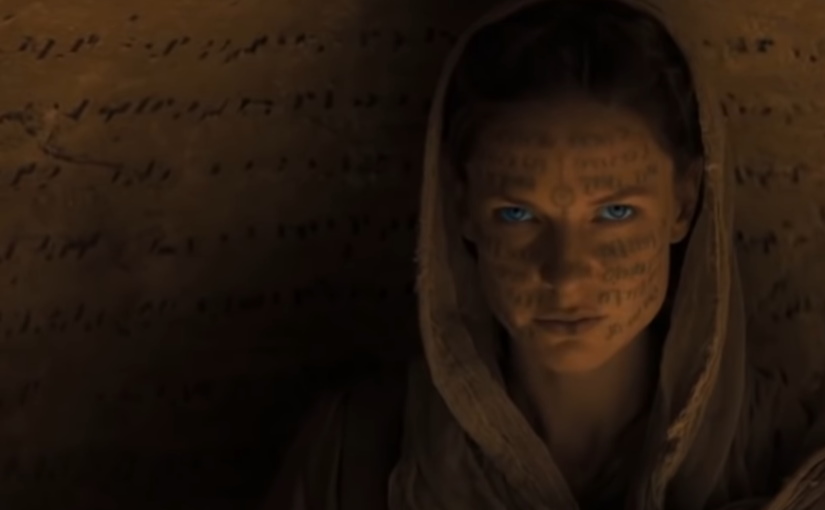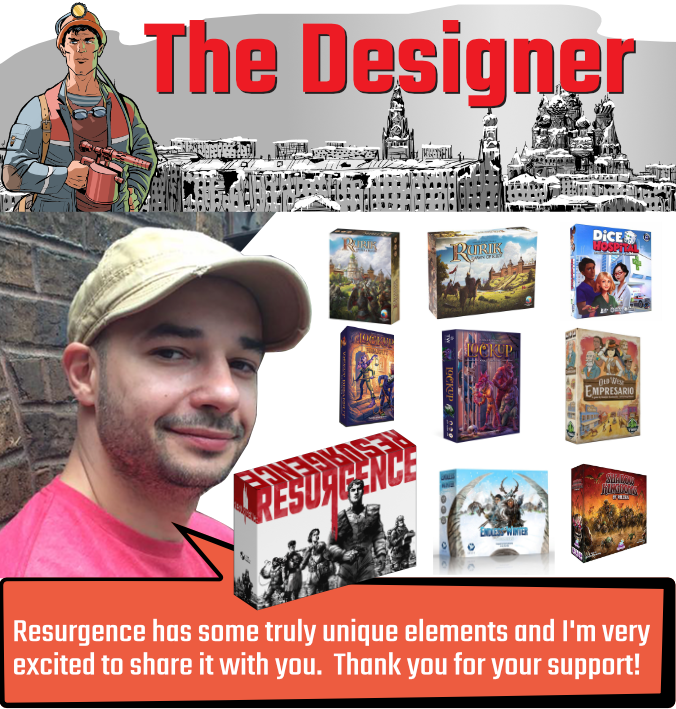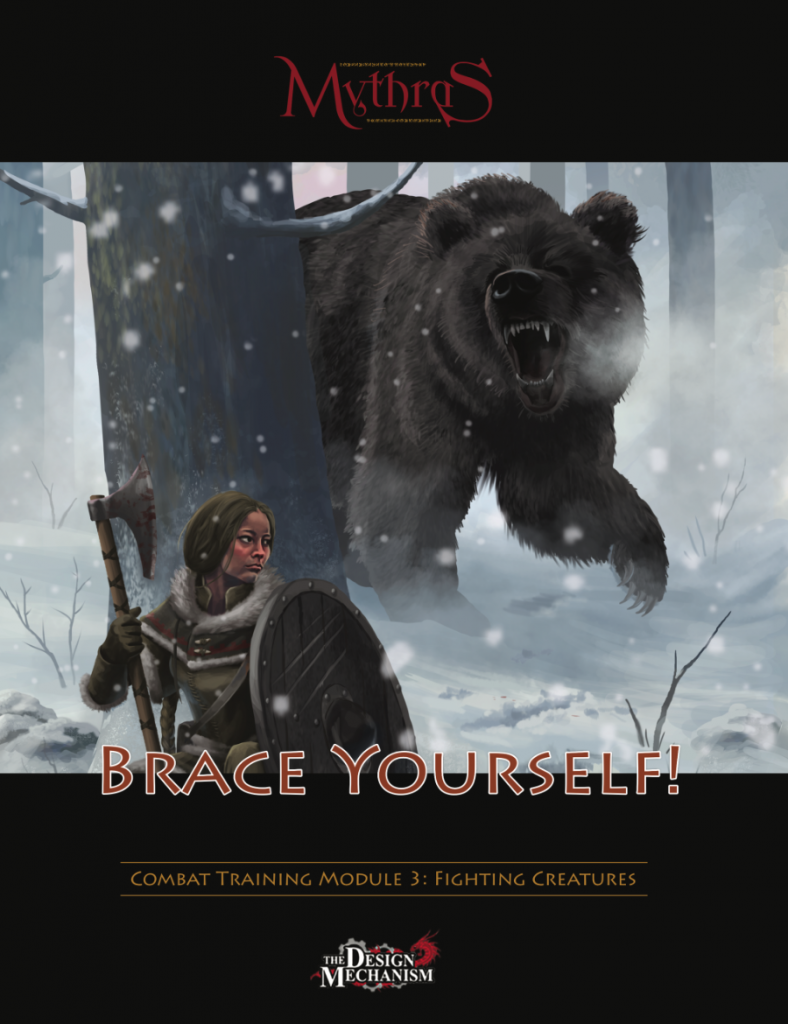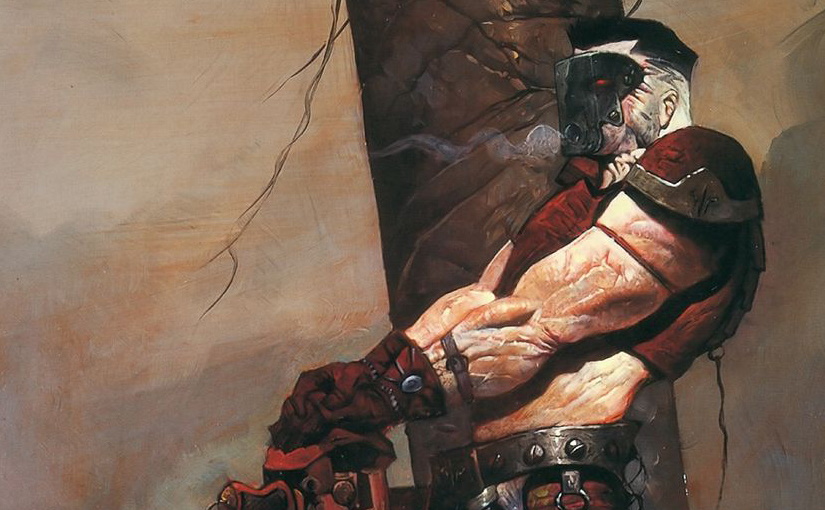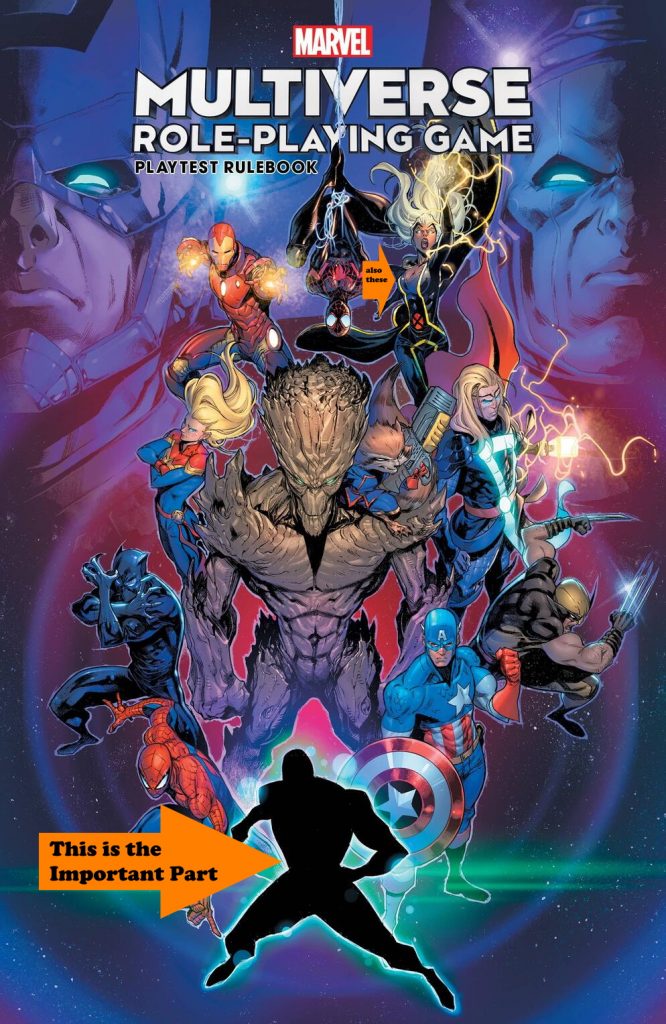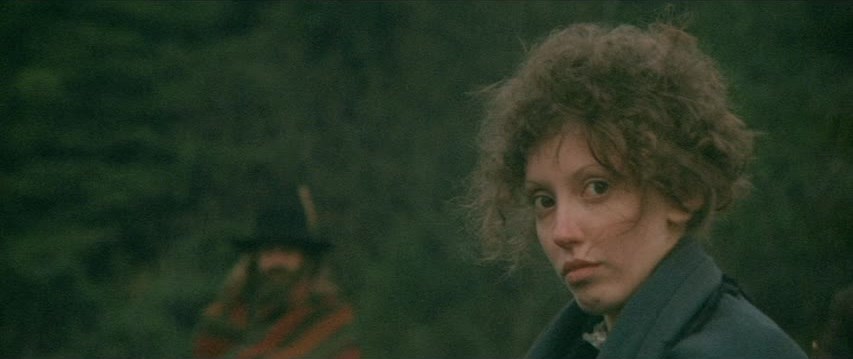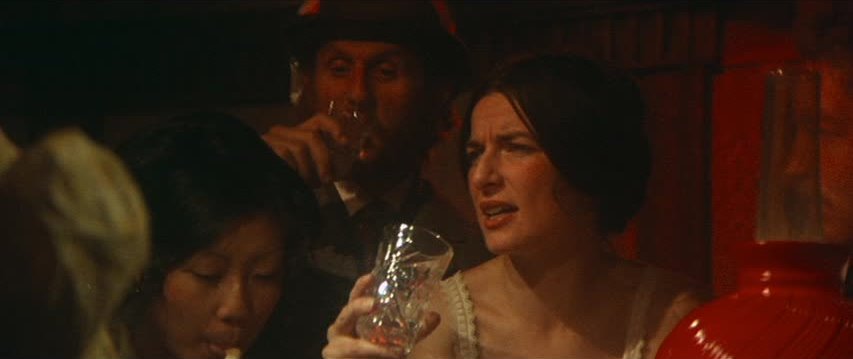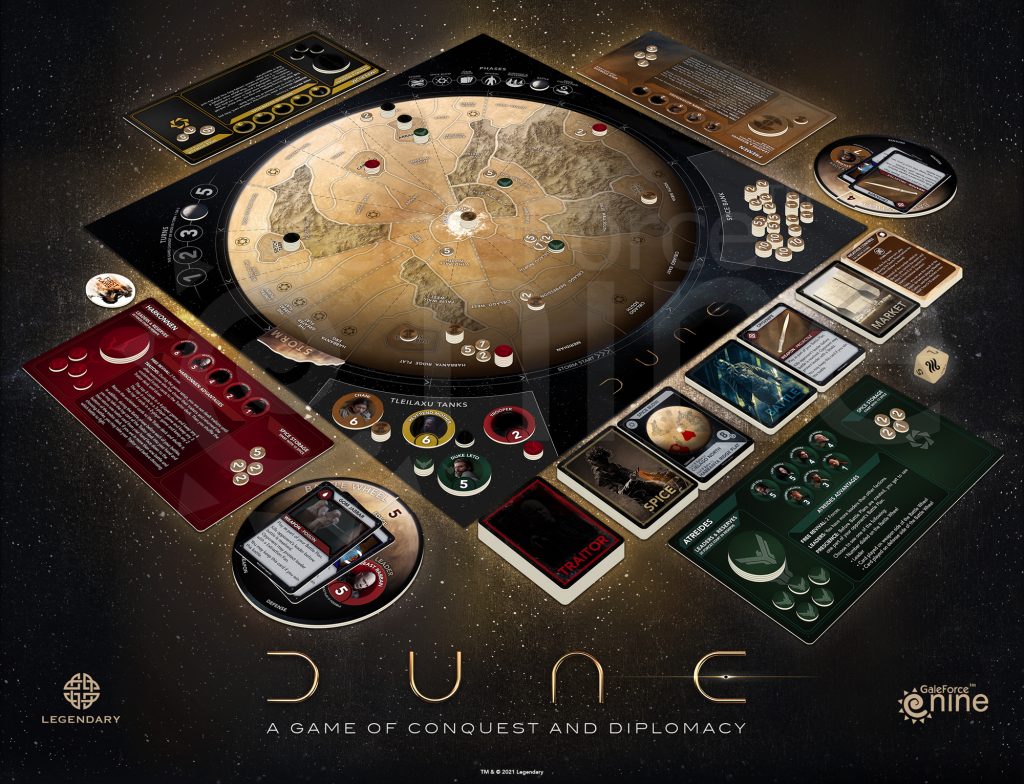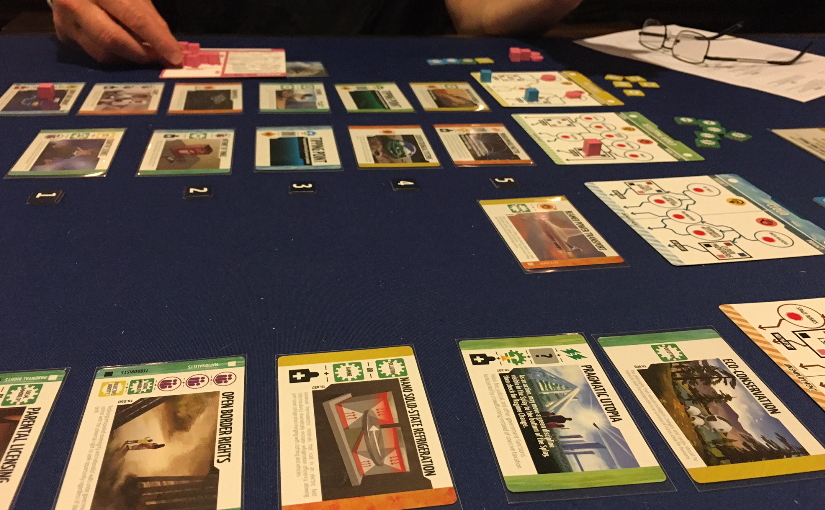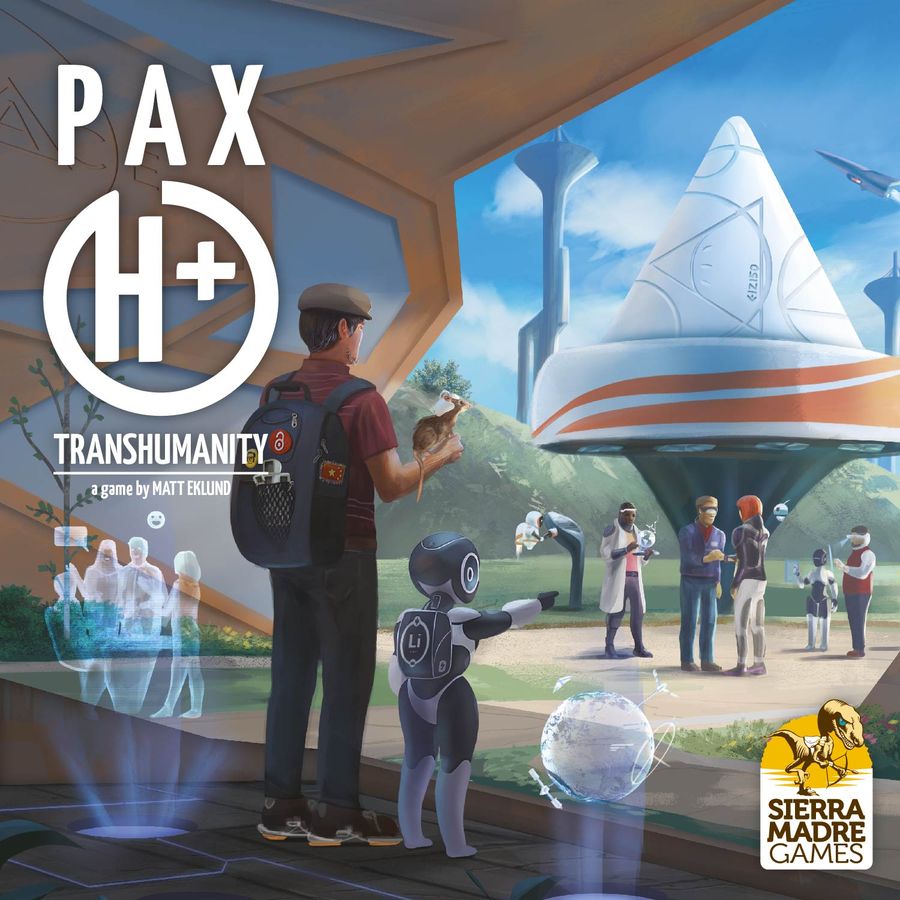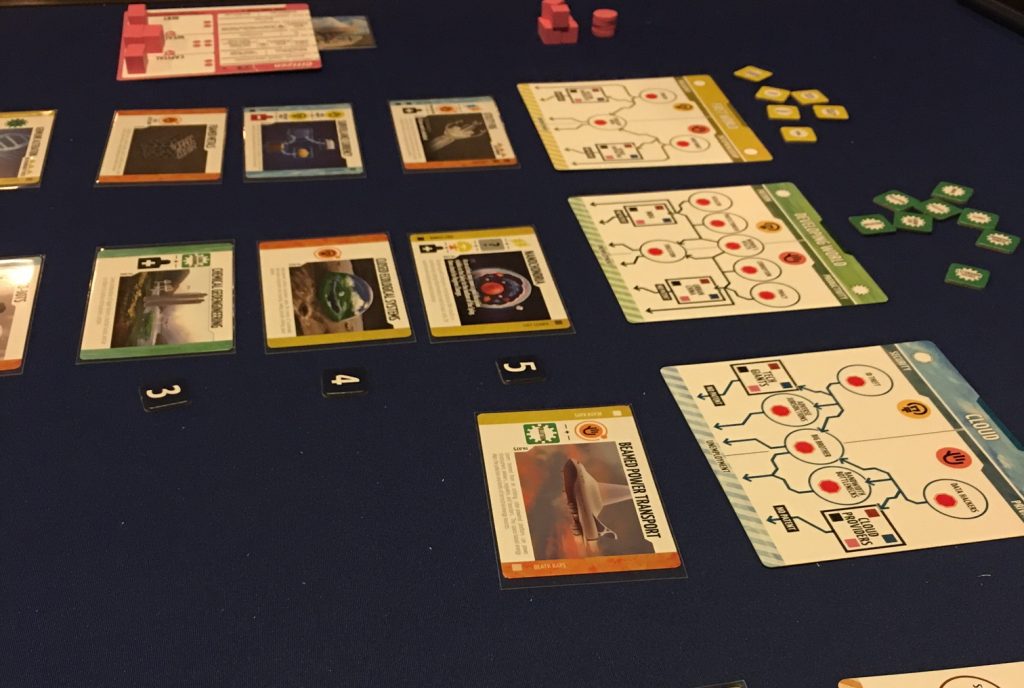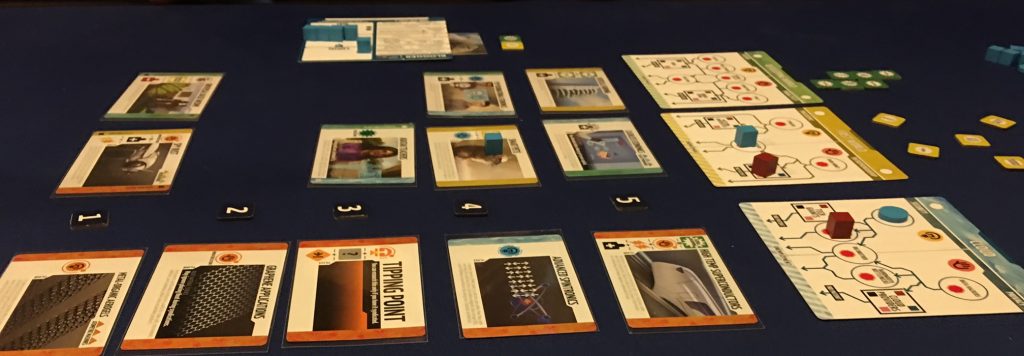Questions: Where was Feyd-Ruatha? Where was Count Fenring? Why did the Mentats get so little screen time? Why no banquet scene? (dammit)
The real question that this film tries to answer is whether or not Dune SHOULD be done in film format, or, like the sci fi channel did years ago, is better suited to a high end series. I will say that this movie felt like a really long, atmospheric episode of Game of Thrones but with less character development for all but the most important characters.
This is a story that I have carried with my my entire adult life and I’ve read the book more times than I can remember. It’s hard to give up the vision of what I had as a kid reading this for any film or tv version. Now that I’ve seen it thrice, once in the theater and twice on a TV (definitely see this in the theater!), I can say stuff before I go off and see it again in a few months. Despite some issues that I have with it, this film has grown on me a great deal since my first and especially second viewing.
Aesthetics
The previews did not do justice to the costumes and the set and spaceship designs which were surprisingly good. I think the armor for the Atreides looked stupid and for fuck sake in the scene where Duke Leto was taking control of Arakeen, they could have at least put a CLOAK on him. The rest of the costume design was excellent and the Harkonnen house troops, the Fremen and the Saurdukar looked amazing. It’s an easy comparison with the old sci fi channel series here– EVERYTHING looked better, but in comparison to the Lynch version, I think there were some better costumes in the old film for sure. Except for the Atredies armor, the soldiers on all sides looked far better in the new film.
Almost all of the architecture and ship designs in the film can be described as straight out of the Brutalist school with harsh angles and massive verticals that dwarfed the characters. They all harken back to earlier eras in sci fi and sci fi art when Dune became popular (60’s-70’s). There was only one scene in the film where I thought the set was shit– and that was the hallway where Lady Jessica was waiting for Paul to get the Gom Jubar. It just looked very tacky. The guild ships, the Harkonnen artillery warship and the ornithopters were amazing.
Long shots of characters barely taking up any screen space with amazing stuff in the background abound in this film, and if I can find it again in IMAX (hopefully after it wins some awards) I will be up inside to see it right away. This is going to be a ‘get stoned and watch movie for the ages.

Pacing
I was with someone that didn’t know the story and they were disappointed at the end that all the really good stuff will be in the next movie (which the director has himself admitted). They felt the beginning was slow and it really didn’t get going until it was almost over.
I felt the opposite, that they raced through some parts of the book they should have taken more time on and skipped a few scenes (or shortened them to almost nothing) that they should have left closer to the book.
In the Lynch version, I felt Feyd Ruatha needed to get more screen time, especially the scene where he was fighting in the arena. The arena scene in the book also had Count Fenring in it. Both films cut the ‘dinner party’ on Dune with members of the Lansraad that gave a sense of normalcy to the Atreides take over, like there was a chance that everything won’t be fucked, but in this film, they went from arrival to the big scenes (hunter seeker, wormsign, treachery) without very many interstitial scenes with character interplay. It just seems like neither director wanted to deal with the fact that there was someone that knew about Paul’s powers (outside the Sisterhood that is)— as they had similar ones–and were struggling with the need to kill him throughout the film.
Characters
The mentats, who were the masterminds behind a lot of the machinations between the houses got very little screen time or any description of what they were or there to do. That said, they were both cool characters. One a snivelling weirdo and the other an old soldier type.
Duke Leto was believable, though I think someone a bit older would have been better, but I liked the actor more the second time. Neither of the films hit exactly how I pictured Duke Leto, but I think the Lynch version had a more intimidating and formidable Duke.
Lady Jessica is not how I pictured her and seems so young to be cast in this role, but I liked it. I don’t think they sold it early enough in the movie that the Bene Gesserit were not to be fucked with in hand to hand combat, so when she beat Stilgar, it wasn’t set up well. This is the character that started this entire situation up, so she’s very important to get right.
The Baron is a critical character and the Lynch version was a loud crazy fat man, always yelling, which was not anything like the Baron I imagined, but worked within Lynch’s overall vision for the Harkonnens. The new movie’s Baron is much closer to the book and I think it was done better. The actors in both films were superb, but I prefer the new Baron to the old… a lot.
Feyd-Ruatha? Where is he? This was a miss. Remember, Jessica was supposed to have a daughter that was going to marry Feyd, merge the houses AND create the Kwizatch Haderaach. What happened?
Beast Raban. This is a minor character in the book and what it looks like to me is they merged Raban and Ruatha into one character– which I think is a mistake as Raban was just some lesser mean fatty like the Baron who fucks everything up.
Chani – the director seemed to be in love with this actresses’ face because it was constantly shown throughout the film to nearly a Meet Joe Black level. She seems too young but then one must remember that her and Paul were like 14 in the book! This is not how I envisioned Chani, but neither was Sean Young in the older version.
Paul – While I think the Lynch version had a great Paul Atreides, he seemed too old to me when I was a kid– especially when most kids read Dune when they are about 14 or so, the same age as the protagonist. Kyle did a great job in the Lynch version and loves the story/book, but definitely wasn’t an exact fit. The new movie’s Paul is definitely a kid and seems much more in danger almost all the time because of it.
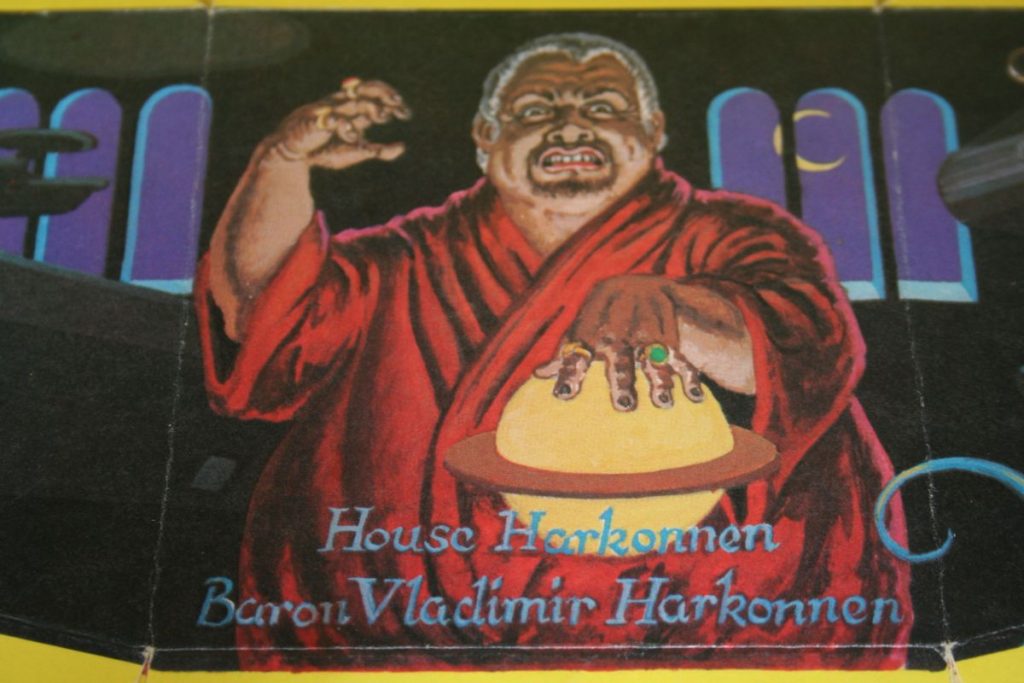
The Reverend Mother – much less striking a character than in the Lynch version, but did fine. Seemed like she was relegated to a much minor character in this film (so far), but has the extra (non book) scene where she “pleads” with the Harkonnens to leave Paul and Jessica to the desert and we get to see Wanda Marcus…or what’s left of her.
Gurney Halleck – Turned out very well, I was worried about the superhero actors cast for the movie when I saw Thanos in the previews, but he was solid. Halleck is more important to the story than people may remember as he and Jessica are not fans of each other and it could have gone badly at certain points because of it, without the dinner party scene mentioned above, I’m not sure their conflicts will be a plotline in the second half.
Duncan Idaho – People that know the extended story realize how important this character is to Paul and the Atreides as they continue their journey through the books. I was glad they did MORE with this character than in the original film, and even gave him more scenes than in the book (?). The missing scene is his drunken rant the night before the betrayal. Again, they just axed the dinner party scene that could have been a better set up for the different Atreides character’s relationships to each other.
Dr. Yueh – not great. Not a good set up, not enough screen time, not enough at all of this character for it to even matter to the viewer who was the traitor. Didn’t go into the imperial conditioning at all, or any forshadowing of his loss of his wife,. The Lynch version did this part FAR better than the new movie, which was altogether meh with the Yueh plotline. There are certain scenes I just would have left in to set up future interactions.
The Guild / Navigators. Did not show any Guild leaders though in the beginning of the film it’s the Guild/Emperor vs the Harkonnens, Bene Gesserit and Atreides. I really liked the scene in the Lynch movie with the Guild Navigator and the Emperor. Maybe we will get that in later films.
The Emperor. Did not show in the film which I think is really cool as they talk about him a lot. It may be that both the Emperor and Feyd show up later in the story (and Count Fenring?)
Shadout Mapes. This was one of my favorite minor characters as a kid as it was the first Fremen Paul/Jessica encounter and added a lot to the mystery of the Fremen for me. I don’t think she got enough screen time during the hunter seeker scene.
Liet Kynes. A minor character in the film/book in the chapter/scenes, yet a big character in the overall story. Unfortunately, this version of the character’s dialog and lines were not great when they deviated from the book and frankly the actress just didn’t have any gravity on screen. Maybe people care that Kynes is played by a female, but it made no difference, the real issue was the line delivery and the lines she was given. Not great.
Jamis – a minor character, but this actor was awesome and carried the scenes he was in. This scene blew the one away from the Lynch version, which was cut from the film anyway and only shown later in extended versions. It’s a critical scene as there are more characters that rely on Paul because of it that would show up and not make sense otherwise. It also shows that Paul was trained from birth to be a killer even though he looks like a little kid.
Stilgar – I loved the Lynch Stilgar but the new one played by Xavier Bardem nailed it as well.
Captain Aramsham – This is who I assume is talking to Pieter in the already infamous Saduakar scene with the Mongolian throat singing. I think we’ll see this guy again at some point, but even with the small scene (one of my favorites in the film) they nailed it with this guy.
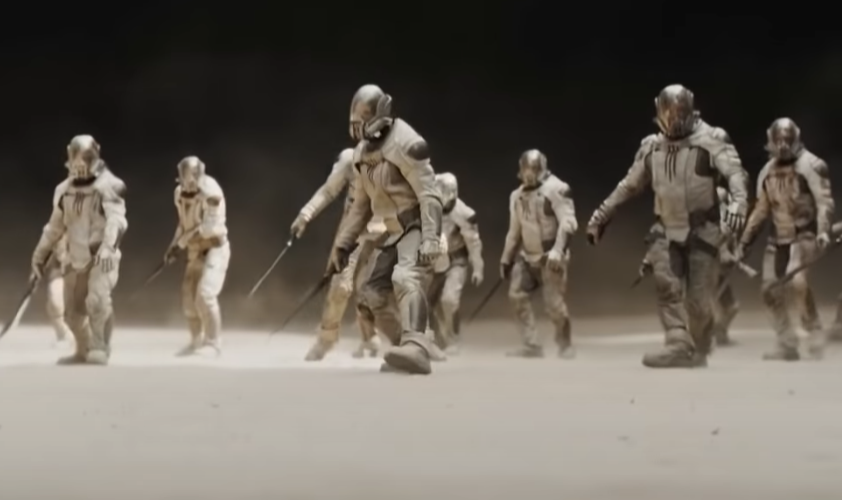
Dialog
The film deviated too much from the book and had far too many vernacular phrases and words for my tastes. Most of these characters are nobles and are trained to speak in a very specific way at all times, and this didn’t come out enough.
There were lines that I really loved from the book that were cut out of the dialog that made me sad. During quite a few scenes I was waiting for the actor to drop a key line, but… they did not. Who doesn’t want the new Baron to say “He who controls the spice, controls the universe?”
Finally, the ending
I was guessing the film would end when Paul saw Chani for the ‘first’ time or when Paul and Jessica started off into the deep desert. I did not think they would do the Jamis fight and then a bit after as well. It wasn’t a bad break point, but the very end of the movie with the sandworm rider was a bit cheesy. I did like the final line of the film though “this is only the beginning.” My buddy was immediately like ‘that’s it?’ as soon as the credits rolled. My kid said she didn’t understand anything at all in the film or what was happening at any point, so the end for her didn’t matter.
I liked a lot about the film and actually felt human emotion in some parts of it, a rare thing indeed! The visuals are just stunning, and it’s a different take on the material than I expected from modern hollywood. Did it “rape it with love” as Jodorosky planned with his Dune? Let’s save that verdict for the second part.
Does this film answer the question of whether Dune should be made into a series of movies rather than a high end Game of Thrones series? Yes. With it’s highly visual take on the material, this plants it’s flag firmly in the ‘this is an epic feature film and is best viewed as a theater experience.’ I saw Lawrence of Arabia on a tub television set in the early 80’s. I cannot imagine how differently I would have thought of it had I seen it in the theater.
Last question: what did Jodorosky think?
